预约演示
更新于:2025-09-09
Assistance Publique Hôpitaux de Marseille
更新于:2025-09-09
概览
标签
皮肤和肌肉骨骼疾病
神经系统疾病
心血管疾病
干细胞疗法
关联
1
项与 Assistance Publique Hôpitaux de Marseille 相关的药物靶点- |
作用机制 细胞替代物 |
最高研发阶段临床3期 |
首次获批国家/地区- |
首次获批日期- |
718
项与 Assistance Publique Hôpitaux de Marseille 相关的临床试验NCT07052084
Systematic Adjunction of Vasopressine in Hyperkinetic Septic Shock Patients - A Multicentric RCT
Septic shock is a syndrome associated with severe infection and a mortality rate of approximately 45%. In line with current recommendations, norepinephrine is the first-line vasopressor used in patients with septic shock. In a previous study, norepinephrine doses above 1 µg/kg/min were associated with mortality rates over 90%. In the same study, doses above 0.3 µg/kg/min were associated with a mortality rate of 40%. An increased mortality compared to the general 40% mortality of septic shock appears to be associated with norepinephrine doses as low as 0.3 µg/kg/min.
Vasopressin stimulates V1 receptors, primarily located on vascular smooth muscle cells. When V1a receptors are stimulated, they induce vasoconstriction by activating protein kinase C via a Gq protein and various second messengers.
Its use is validated in refractory shock states by international guidelines as a second-line vasopressor. This indication was further reinforced in the 2021 update of the septic shock management recommendations.
The VASST study, a randomized controlled trial, assessed the effects of vasopressin versus norepinephrine in septic shock. It found no overall difference in mortality between the two groups. However, in less severe cases where norepinephrine doses were below 14 µg/min before randomization, vasopressin was associated with significantly lower mortality, suggesting potential benefits from early introduction of a second vasopressor.
The VANISH trial failed to confirm this hypothesis, possibly due to broad inclusion criteria and unclear protocol regarding the combined use of both agents. Our hypothesis is that (1) vasopressin is beneficial when used synergistically with norepinephrine; (2) due to its negative effect on cardiac output (as shown in previous studies), vasopressin should only be administered to patients in the hyperdynamic phase of septic shock.
The hypothesis is that the systematic addition of vasopressin to norepinephrine therapy in a hyperdynamic septic shock subpopulation would improve patient outcomes.
Vasopressin stimulates V1 receptors, primarily located on vascular smooth muscle cells. When V1a receptors are stimulated, they induce vasoconstriction by activating protein kinase C via a Gq protein and various second messengers.
Its use is validated in refractory shock states by international guidelines as a second-line vasopressor. This indication was further reinforced in the 2021 update of the septic shock management recommendations.
The VASST study, a randomized controlled trial, assessed the effects of vasopressin versus norepinephrine in septic shock. It found no overall difference in mortality between the two groups. However, in less severe cases where norepinephrine doses were below 14 µg/min before randomization, vasopressin was associated with significantly lower mortality, suggesting potential benefits from early introduction of a second vasopressor.
The VANISH trial failed to confirm this hypothesis, possibly due to broad inclusion criteria and unclear protocol regarding the combined use of both agents. Our hypothesis is that (1) vasopressin is beneficial when used synergistically with norepinephrine; (2) due to its negative effect on cardiac output (as shown in previous studies), vasopressin should only be administered to patients in the hyperdynamic phase of septic shock.
The hypothesis is that the systematic addition of vasopressin to norepinephrine therapy in a hyperdynamic septic shock subpopulation would improve patient outcomes.
开始日期2026-01-01 |
NCT07018310
Micro Assays for HemATology Malignancies Antibody Treatment
Hematological malignancy is a disease of the blood. In some cases, this pathology requires therapeutic management, which is not necessarily the case for you. Nevertheless, to improve the management of patients who need it, we are conducting research to assess the state of your immune system. Indeed, the role of the immune system is not limited to controlling infections, but is also important in controlling the proliferation of cancer cells, in hematology as in other types of cancer. Your immune system can play a spontaneous anti-tumor control role, but some so-called "immunotherapy" treatments aim to destroy cancer cells by stimulating the immune system, restoring its capabilities, and directing the immune response against tumor cells. For this immunotherapy treatment to be effective, since it uses your own immune cells (in most cases), these cells must be in a state to respond and be able to destroy the tumor. It is this ability to activate immune cells that is tested in this research protocol, using a simple test that could in future be used in routine clinical practice. But to understand why these immune cells don't work, we will also have to carry out genetic tests to analyze the various molecules that could interfere with the immune response, and try to inhibit the molecules that prevent the immune response.
开始日期2025-10-01 |
NCT06811064
Resource Parents in Neonatology: Innovative Partnership Practices to Improve Quality of Life After Returning Home
Introduction Thanks to medical advances in neonatal care, the majority of children admitted to the neonatal intensive care unit (NICU) survive and enjoy a good quality of life. At the same time, medical practices and philosophy of neonatal care have changed and families are playing an increasingly important role in their child's care. However, stress and anxiety generated by hospitalization and complex technologies of neonatal intensive care units may be an obstacle to integrate parents and help them take ownership of their role. A number of measures have been established to improve the experience of parents in neonatology, such as multidisciplinary care, involving psychologists, social workers, spiritual care workers, psychomotor therapists and physiotherapists.
Among these interventions, the introduction of resource parents (RPs), parents who have previously been involved in neonatology, is a new initiative that is growing rapidly in North America. These RPs bring a unique perspective based on their experiential knowledge. This partnership model is still underdeveloped in France, and its impact on parents' quality of life and early interactions with their children has been little studied or described.
Method Our aim is therefore to develop a PR intervention in neonatology units and measure its impact in the short and medium term, with a prospective multicenter step wedge study.
The chosen intervention will be co-constructed with PRs. It will take the form of testimonial videos focusing on one of the key moments in the care of newborn babies: the transition from different neonatology units. These videos will then be viewed by parents of hospitalized newborn in the units at the time of their transition. A survey assessing the parents' Self Perceived Efficacity in taking care of their child will be administered when the child transitions to the neonatal unit and then again when the child is discharged from the hospital. At the one-year old visit, the families' quality of life will be assessed using another standardized survey: the Pediatric Quality of Life Inventory (PedsQLTM2.0) - Family Impact Module.
Perspective Our hypothesis is that a PR intervention at a key point in the newborn's care pathway can help parenthood and have a positive impact on early interactions and quality of life at 1 year.
Among these interventions, the introduction of resource parents (RPs), parents who have previously been involved in neonatology, is a new initiative that is growing rapidly in North America. These RPs bring a unique perspective based on their experiential knowledge. This partnership model is still underdeveloped in France, and its impact on parents' quality of life and early interactions with their children has been little studied or described.
Method Our aim is therefore to develop a PR intervention in neonatology units and measure its impact in the short and medium term, with a prospective multicenter step wedge study.
The chosen intervention will be co-constructed with PRs. It will take the form of testimonial videos focusing on one of the key moments in the care of newborn babies: the transition from different neonatology units. These videos will then be viewed by parents of hospitalized newborn in the units at the time of their transition. A survey assessing the parents' Self Perceived Efficacity in taking care of their child will be administered when the child transitions to the neonatal unit and then again when the child is discharged from the hospital. At the one-year old visit, the families' quality of life will be assessed using another standardized survey: the Pediatric Quality of Life Inventory (PedsQLTM2.0) - Family Impact Module.
Perspective Our hypothesis is that a PR intervention at a key point in the newborn's care pathway can help parenthood and have a positive impact on early interactions and quality of life at 1 year.
开始日期2025-09-30 |
100 项与 Assistance Publique Hôpitaux de Marseille 相关的临床结果
登录后查看更多信息
0 项与 Assistance Publique Hôpitaux de Marseille 相关的专利(医药)
登录后查看更多信息
709
项与 Assistance Publique Hôpitaux de Marseille 相关的文献(医药)2025-12-01·JOURNAL OF CRITICAL CARE
Unpacking the melatonin debate: A closer look at the ICU guidelines
Article
作者: Jabaudon, Matthieu ; Boncyk, Christina S ; Leone, Marc
2025-10-01·INTERNATIONAL JOURNAL OF CARDIOLOGY
Impact of Tafamidis on survival in elderly patients: Insights from the Healthcare European Amyloidosis Registry
Article
作者: Inamo, Jocelyn ; Broussier, Amaury ; Gellen, Barnabas ; Taieb, Charles ; Mouhat, Basile ; Zaroui, Amira ; Damy, Thibaud ; Bauer, Fabrice ; Roubille, François ; Piriou, Nicolas ; Jeanneteau, Julien ; Fraix, Antoine ; Dagrenat, Charlotte ; Eicher, Jean-Christophe ; Habib, Gilbert ; Donal, Erwan ; Jobbé-Duval, Antoine ; Bisson, Arnaud ; Margerit, Léa ; Trésorier, Romain ; Legallois, Damien ; Bouchot, Océane ; Delelis, François ; Lairez, Olivier ; Kharoubi, Mounira ; Réant, Patricia ; Gueffet, Jean-Pierre ; Charron, Phillipe ; Von Hunolestein, Jean-Jacques ; Courand, Pierre-Yves ; Costa, Jérôme ; Puscas, Tania
BACKGROUND:
Cardiac transthyretin amyloidosis (ATTR-CM) is a life-threatening cardiomyopathy. Tafamidis has been demonstrated to be an effective treatment. Our aim was to analyze clinical characteristics and survival of patients with ATTR-CM aged ≥80 years diagnosed after November 2018, treated with tafamidis 80/61 mg, and compare them with a non-treated group diagnosed before that date.
METHODS:
Data from the two groups were extracted from the Healthcare European Amyloidosis Registry (HEAR). Propensity score matching was used to adjust for baseline differences between the groups. Kaplan-Meier survival curves and Cox regression analyses were applied to assess survival outcomes.
RESULTS:
Out of 1380 patients, 1194 were treated with tafamidis 80/61 mg. Treated patients were significantly less severe at baseline, with a lower occurrence of NYHA class III-IV compared to the untreated group (24 vs. 46 %, p < 0.001). The median NT-proBNP at baseline was lower in the treated group (2330 vs. 4854 pg/ml, p < 0.001), as was the average level of high-sensitivity troponin T (55 vs. 74 ng/ml, p < 0.001), and the interventricular septal thickness (16 vs. 18 mm, p < 0.001). The 3-year survival rate for treated patients was 57 %, and 40 % for untreated patients. In the treated group, the 3-year survival rate was 68 % for patients aged 80-85 years and 58 % for those over 85 years. Survival rates were confirmed after propensity score analyses.
CONCLUSIONS:
This study demonstrates that tafamidis provides significant survival benefits for elderly patients with ATTR-CM, even in those over 85 years old. The findings emphasize the importance of early diagnosis and treatment.
2025-08-01·REPRODUCTIVE BIOMEDICINE ONLINE
Preconception carrier screening among assisted reproduction patients: insights from a monocentric survey in France
Article
作者: Munnich, Arnold ; Abaji, Mario ; Benammar, Achraf ; Vandame, Jessica ; Racowsky, Catherine ; Fossard, Camille ; Ayoubi, Jean-Marc ; Labro, Mathilde ; Poulain, Marine
RESEARCH QUESTION:
What are the opinions of individuals undergoing assisted reproductive technology in France on preconception genetic carrier screening for monogenic Mendelian diseases?
DESIGN:
A prospective monocentric study using an anonymous online questionnaire to target patients who underwent a consultation at the Assisted Reproductive Technology (ART) service of the Obstetrics and Reproductive Medicine Department, Foch Hospital, between January 2021 and October 2023.
RESULTS:
Of the 7793 patients successfully contacted by email, 1206 responded to the survey, yielding a 15.5% response rate. Most participants (90.8% [1091/1202]) agreed or strongly agreed that preconception genetic carrier screening represents a significant advancement in the field of assisted reproductive technology, 41.9% (501/1195) documented that such screening should be available to all couples planning to have children and 43.1% (515/1195) supported such screening being available to any adult wishing to know their carrier status.
CONCLUSIONS:
Support for preconception genetic carrier screening is strong among patients undergoing assisted reproduction. This patient population is ideal for initiating essential pilot studies in France concerning such screening. These studies are crucial for understanding and addressing economic and technological challenges, as well as advancing ethical considerations in this emerging field.
2
项与 Assistance Publique Hôpitaux de Marseille 相关的新闻(医药)2025-05-12
Novo Nordisk presented positive findings from a late-stage basket study of once-weekly Sogroya (somapacitan) at the joint congress of the European Society for Paediatric Endocrinology (ESPE) and the European Society of Endocrinology (ESE) on Monday, bolstering the growth hormone analogue’s label expansion filings in the US and EU for certain paediatric growth disorders.Specifically, Sogroya demonstrated clinical non-inferiority to once-daily Norditropin (somatropin) in pre-pubertal children born small for gestational age (SGA), or with Noonan syndrome (NS), or idiopathic short stature (ISS). The drug also showed superiority over Norditropin in children with NS and against lower doses of Norditropin in children born SGA.Highlighting the cumulative negative impact of regularly missing doses of growth hormone, Martin Lange, Novo’s executive VP for development, said: “We are committed to providing…therapies with flexibility in administration timing and missed doses, which may better suit the needs of children with growth failure.”The Phase III REAL8 trial — part of the broader REAL programme — employed a basket design to evaluate once-weekly Sogroya across four paediatric growth disorders — SGA, NS, ISS and Turner syndrome (TS). Children with NS, TS, or ISS were randomised to receive either weekly Sogroya or daily Norditropin, while those with SGA were assigned to Sogroya, or two different Norditropin doses — lower and higher than the standard dose.Results showed the study achieved its primary endpoints across three indications. In children born SGA, Sogroya demonstrated superior estimated mean height velocity compared with a lower dose of Norditropin (11.0 vs 9.4 cm/year) and non-inferior results compared with a higher dose (11.0 vs 11.1 cm/year). In children with NS, Sogroya showed superior results (10.4 vs 9.2 cm/year), while in those with ISS, it demonstrated non-inferiority (10.5 vs 10.5 cm/year) compared with Norditropin.Meanwhile, the weekly therapy showed no safety and tolerability issues compared with the daily formulation, with similar insulin-like growth factor 1 responses observed across treatment groups. Novo noted that based on the data from REAL8 and another ongoing study REAL9, it submitted marketing applications with the FDA and the EMA for the three indications last month. Results from the TS participants are expected later this year.Sogroya is currently approved to treat growth failure due to inadequate secretion of endogenous growth hormone in children aged 2.5 years and above and as a replacement for endogenous growth hormone in adults with growth hormone deficiency.
临床结果临床3期上市批准
2025-03-31
点击“蓝字”关注我们引言2025年3月29日,全球首个口服胰高糖素样肽-1受体激动剂(GLP-1RA)的大规模人群心血管结局研究(CVOT)——SOUL研究完整结果在第74届美国心脏病学会科学年会(ACC.25)上重磅公布,且同步发表于《新英格兰医学杂志》[1]!主要研究结果显示,与安慰剂相比,在标准治疗基础上应用司美格鲁肽片可显著降低2型糖尿病(T2DM)合并动脉粥样硬化性心血管疾病(ASCVD)和/或慢性肾脏病(CKD)患者主要心血管不良事件(MACE)风险达14%(P=0.006),验证了优效性设计假设。接下来,让我们一睹为快!本刊特邀请该研究中国区主要研究者——北京大学人民医院纪立农教授对研究结果进行点评。研究设计SOUL(Semaglutide cardiOvascular oUtcomes triaL)是一项国际多中心、随机、双盲、平行分组、安慰剂对照的Ⅲb期CVOT,研究覆盖全球33个国家和地区444个研究中心。主要纳入标准包括:年龄≥50岁、根据美国糖尿病协会(ADA)标准确诊T2DM的男性或女性,糖化血红蛋白(HbA1c)6.5%~10.0%,并伴有≥1种心肾疾病如冠状动脉疾病(CAD)、脑血管疾病、症状性外周动脉疾病(PAD)及CKD[定义为估算肾小球滤过率(eGFR)<60 ml/min/1.73m2]。所有患者在已接受标准治疗(符合当地指南的降糖、降压、降脂、抗血小板、抗凝等减少心血管风险的充分治疗措施,如ACEI/ARB/ARNI 85%、β受体阻滞剂63.8%、他汀85.5%、阿司匹林66.8%、非奈利酮9.1%)基础上,按照1:1比例随机接受口服司美格鲁肽片14 mg或安慰剂每日一次治疗。研究采用事件驱动优效性设计,持续时间长达3.5~5年。主要终点为首次发生MACE(由心血管死亡、非致死性心肌梗死、非致死性卒中构成的复合终点)的时间;确证性次要终点包括:首次发生心肾复合终点(心血管死亡、肾脏相关死亡、eGFR持续降低≥50%、eGFR持续<15 ml/min/1.73m2、启动肾脏透析或肾脏移植在内的慢性肾脏替代治疗)的时间;发生心血管死亡的时间;首次发生主要下肢不良事件(由急性肢体缺血住院治疗、慢性肢体缺血构成的复合终点)的时间。图1. SOUL研究设计研究结果研究人群基线特征研究共纳入9650例T2DM合并ASCVD和/或CKD患者,其中随机分配至口服司美格鲁肽片组4825例、安慰剂组4825例。基线平均年龄66.1岁,糖尿病病程15.4年,HbA1c 8.0%,体重指数(BMI)31.1 kg/m2,体重87.9 kg,男性占71.1%,亚裔占23.4%;基线合并心肾疾病情况:CAD占70.7%、脑血管疾病占21.1%,PAD占15.7%,心衰占23%,CKD占42.3%;基线标准背景治疗数据显示降糖、降压、降脂、抗凝等措施充分,反映了真实世界临床实践。主要终点结果安慰剂组发生668例(13.8%)MACE,而口服司美格鲁肽片组发生579例(12.0%),相对风险降低14%(HR 0.86;95%CI:0.77~0.96,P=0.006),主要终点优效性统计假设达成(图2)。口服司美格鲁肽片的心血管获益在不同性别、年龄、BMI、eGFR、合并用药亚组分析中均保持一致。图2. SOUL研究主要终点结果确证性次要终点结果口服司美格鲁肽片组复合肾脏终点事件发生率为8.4%,安慰剂组为9.0%,相对风险降低9%(HR 0.91;95%CI:0.80~1.05)(图3A);口服司美格鲁肽片组心血管死亡事件发生率为6.2%,安慰剂组为6.6%,相对风险降低7%(HR 0.93;95%CI:0.80~1.09)(图3B);口服司美格鲁肽片组主要下肢不良事件发生率为1.5%,安慰剂组为2.1%,相对风险降低29%(HR 0.71;95%CI:0.52~0.96)(图3C)。图3. SOUL研究确证性次要终点结果安全性结果口服司美格鲁肽片安全性与耐受性良好,严重不良事件发生率(47.9% vs. 50.3%)及因不良事件中断治疗患者比例(15.5% vs. 11.6%)与安慰剂组相似。专家点评纪立农 教授北京大学人民医院祝贺SOUL研究获得了令人鼓舞的研究结果,验证了研究设计的优效性科学假设——口服司美格鲁肽片相比安慰剂可进一步降低已接受标准治疗的T2DM合并ASCVD和/或CKD患者的MACE风险。作为SOUL研究者,经过多年耕耘,终于迎来这一收获时刻,我为参与SOUL的研究者们和志愿参与的患者们感到骄傲和欣慰,在治疗T2DM及合并心血管-肾脏-代谢(CKM)疾病的漫漫征程中又增添了新的循证医学证据和新武器。总结SOUL研究的特点:首先,研究人群样本量较大(9650例),覆盖地域较广,纳入人种多样,特别是亚裔占比达23.4%,与以往CVOT多以白人为主有所差异,更能客观反映全球多样化的T2DM人群特征和诊疗实践;其二,研究主要终点采用优效性设计,不同于以往降糖药的安全性CVOT设计绝大多数采用非劣效设计,在达成非劣效设计统计假设后,再进行优效性检验。直接采用优效性设计可充分验证试验药物是否具有相应获益;其三,研究人群基础心肾疾病及标准治疗措施接近真实世界实践。基线数据显示,SOUL研究人群合并广泛心肾疾病类型,同时充分接受了降糖、降压、降脂、抗血小板、抗凝等标准治疗,特别是基线时钠-葡萄糖共转运蛋白2抑制剂(SGLT2i)应用比例达26.7%,在研究期间共计49%的患者接受了SGLT2i治疗,这与近年来CKM相关指南不断更新,强调具有心肾获益证据的药物的一线充分使用相关。在如此背景下,SOUL研究依然证实口服司美格鲁肽片治疗的心血管保护作用,令人振奋。SOUL研究结果的全面披露,显示口服司美格鲁肽片在标准治疗基础上可为T2DM合并心肾疾病患者带来具有临床意义的心血管风险降低,标志着糖尿病治疗从“以血糖为中心”向“以器官结局为导向”的范式转变进一步深化。这一成果未来将推动国内外指南更新,强化GLP-1RA在高危人群中的一线地位,并为患者提供更便捷的治疗选择。参考文献:1. McGuire DK, et al. Oral Semaglutide and Cardiovascular Outcomes in High-Risk Type 2 Diabetes. N Engl J Med. Published March 29, 2025. DOI: 10.1056/NEJMoa2501006.声明:本文仅供医疗卫生专业人士了解最新医药资讯参考使用,不代表本平台观点。该等信息不能以任何方式取代专业的医疗指导,也不应被视为诊疗建议,如果该信息被用于资讯以外的目的,本站及作者不承担相关责任。最新《国际糖尿病》读者专属微信交流群建好了,快快加入吧!扫描左边《国际糖尿病》小助手二维码(微信号:guojitnb),回复“国际糖尿病读者”,ta会尽快拉您入群滴!(来源:《国际糖尿病》编辑部)版权声明版权属《国际糖尿病》所有。欢迎个人转发分享。其他任何媒体、网站未经授权,禁止转载。
临床结果临床2期
100 项与 Assistance Publique Hôpitaux de Marseille 相关的药物交易
登录后查看更多信息
100 项与 Assistance Publique Hôpitaux de Marseille 相关的转化医学
登录后查看更多信息
组织架构
使用我们的机构树数据加速您的研究。
登录
或
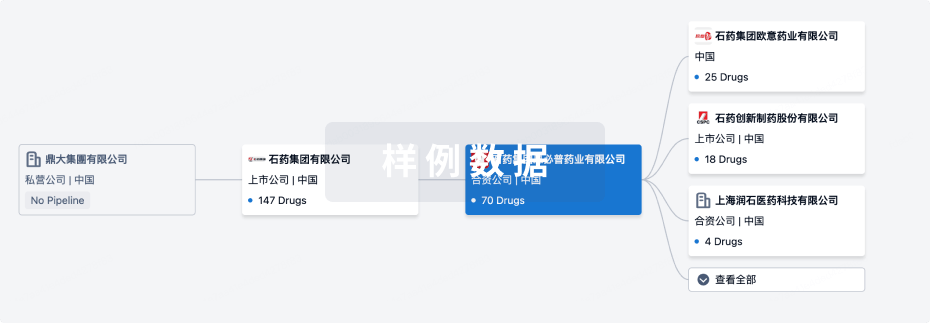
管线布局
2025年11月09日管线快照
管线布局中药物为当前组织机构及其子机构作为药物机构进行统计,早期临床1期并入临床1期,临床1/2期并入临床2期,临床2/3期并入临床3期
临床3期
1
1
其他
登录后查看更多信息
当前项目
| 药物(靶点) | 适应症 | 全球最高研发状态 |
|---|---|---|
Adipose derived stem cells (Assistance Publique Hôpitaux de Marseille) | 系统性硬皮病 更多 | 临床3期 |
登录后查看更多信息
药物交易
使用我们的药物交易数据加速您的研究。
登录
或
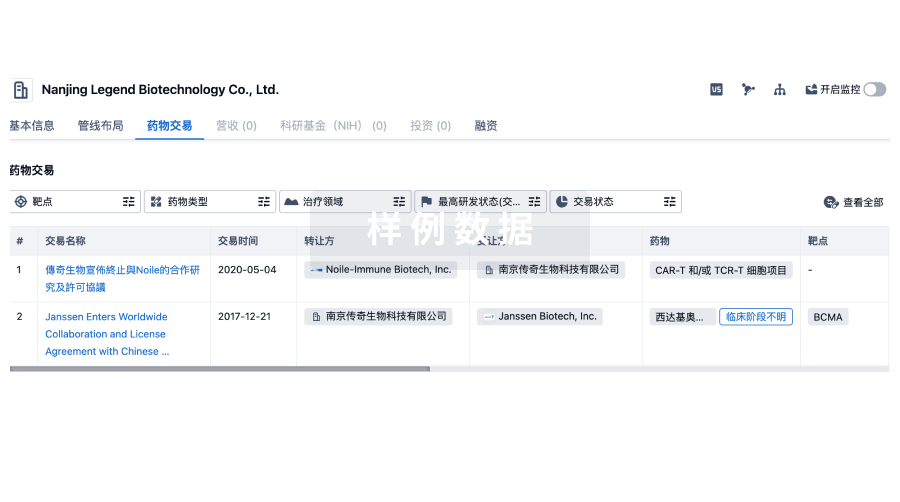
转化医学
使用我们的转化医学数据加速您的研究。
登录
或
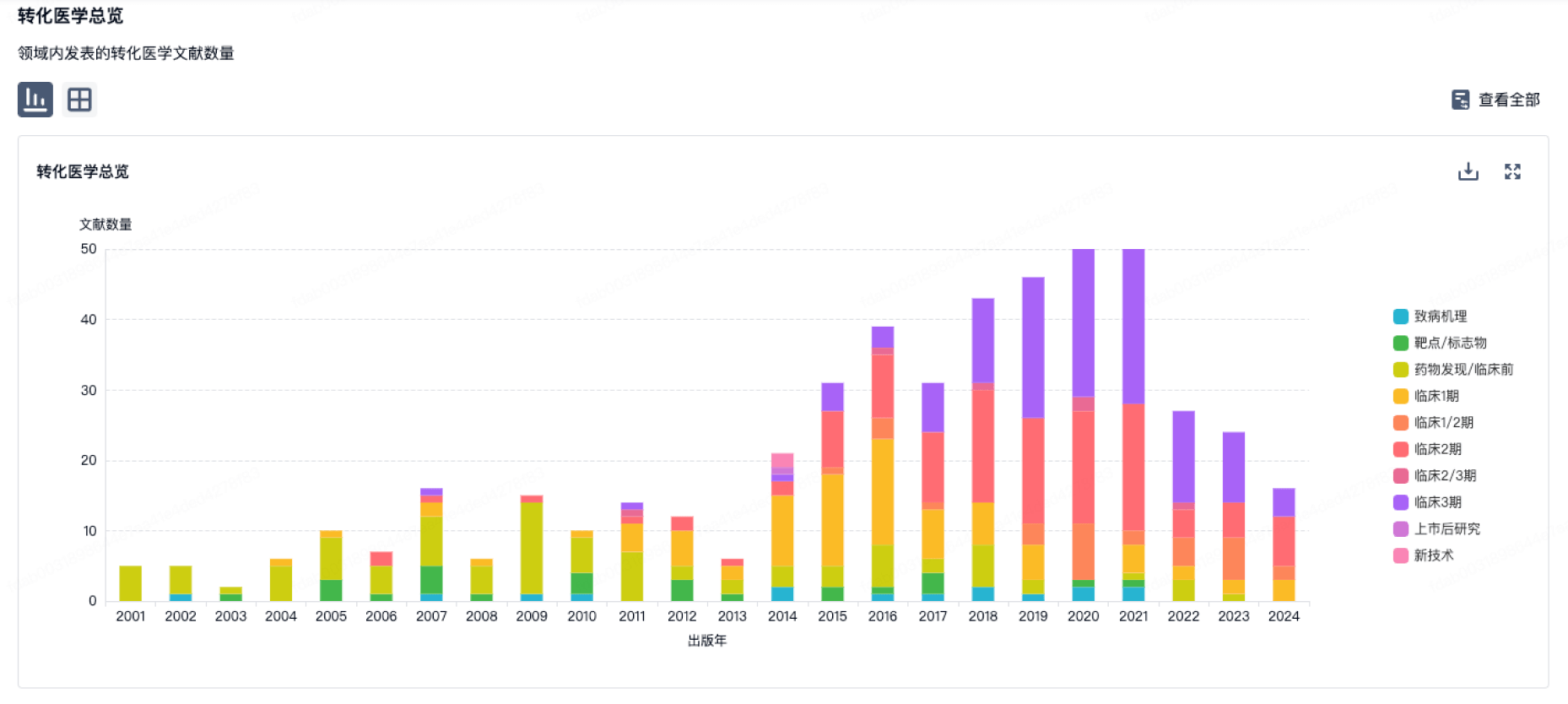
营收
使用 Synapse 探索超过 36 万个组织的财务状况。
登录
或
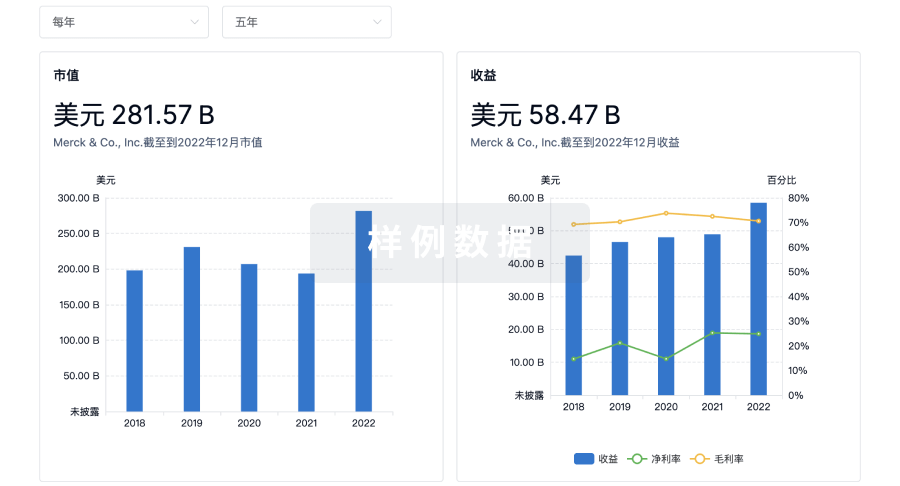
科研基金(NIH)
访问超过 200 万项资助和基金信息,以提升您的研究之旅。
登录
或
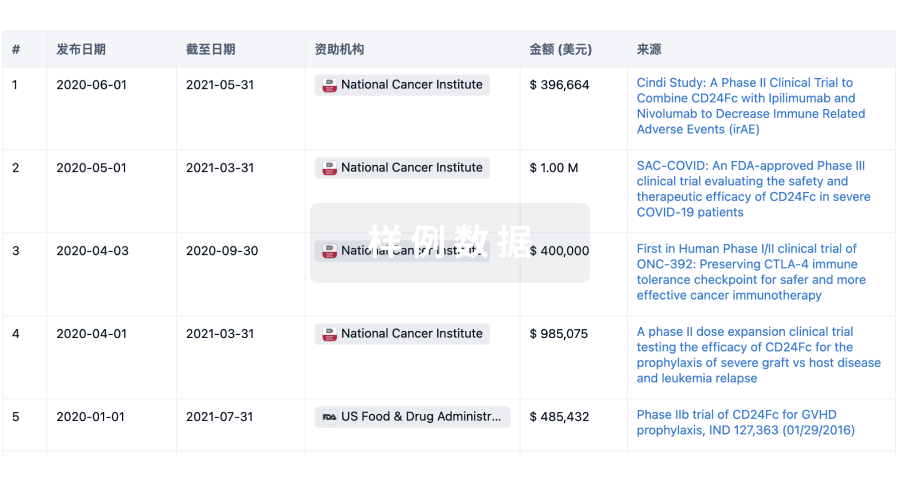
投资
深入了解从初创企业到成熟企业的最新公司投资动态。
登录
或
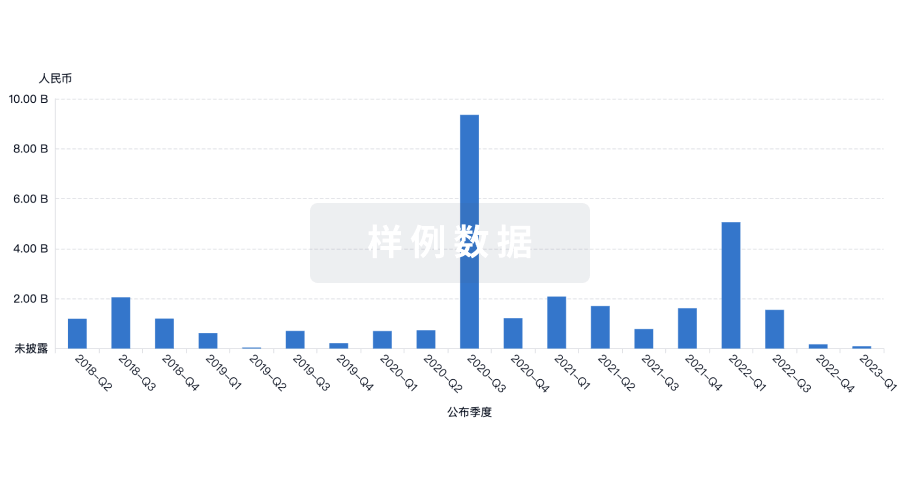
融资
发掘融资趋势以验证和推进您的投资机会。
登录
或
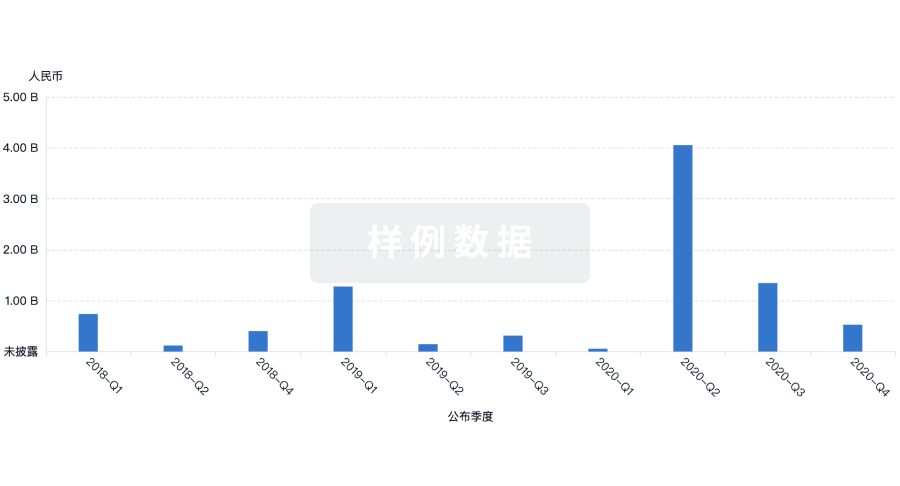
生物医药百科问答
全新生物医药AI Agent 覆盖科研全链路,让突破性发现快人一步
立即开始免费试用!
智慧芽新药情报库是智慧芽专为生命科学人士构建的基于AI的创新药情报平台,助您全方位提升您的研发与决策效率。
立即开始数据试用!
智慧芽新药库数据也通过智慧芽数据服务平台,以API或者数据包形式对外开放,助您更加充分利用智慧芽新药情报信息。
生物序列数据库
生物药研发创新
免费使用
化学结构数据库
小分子化药研发创新
免费使用